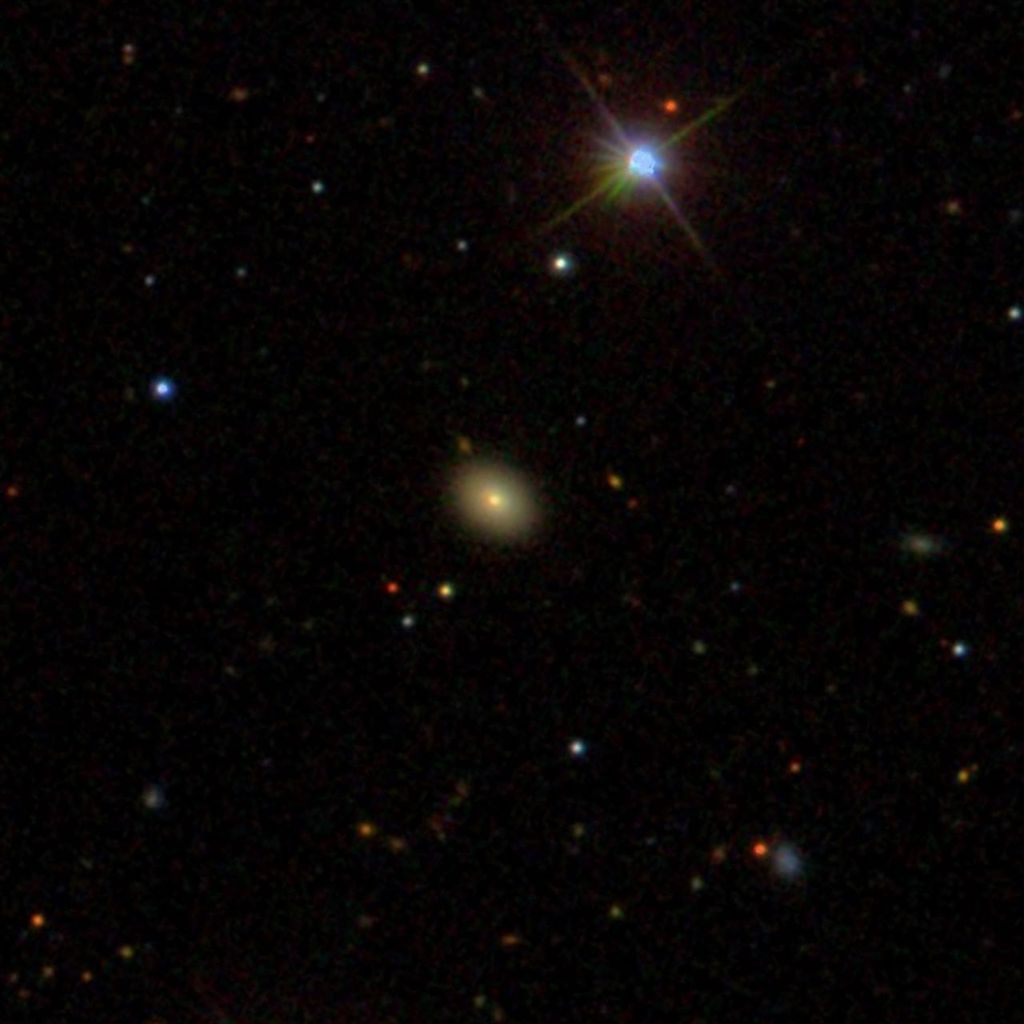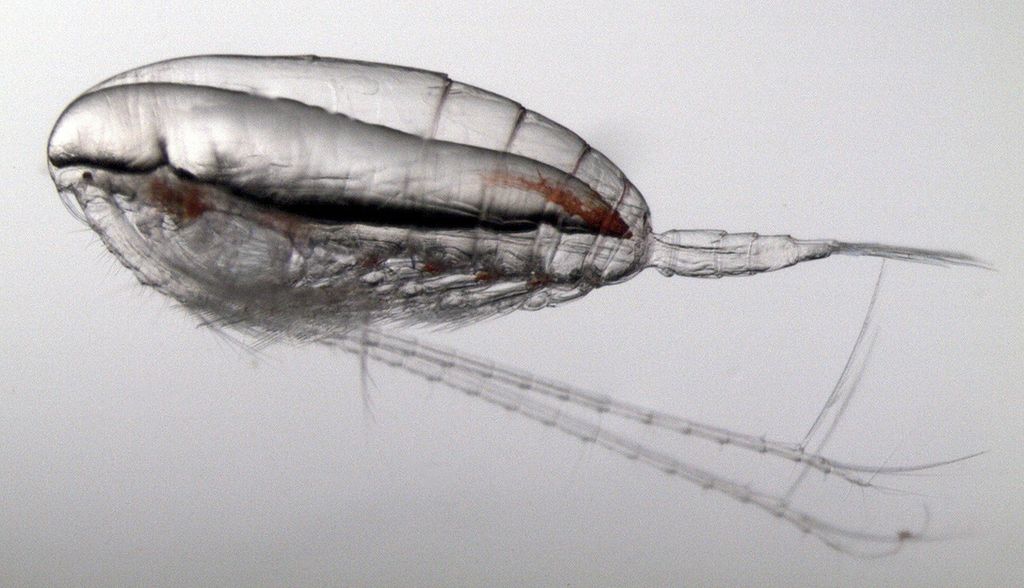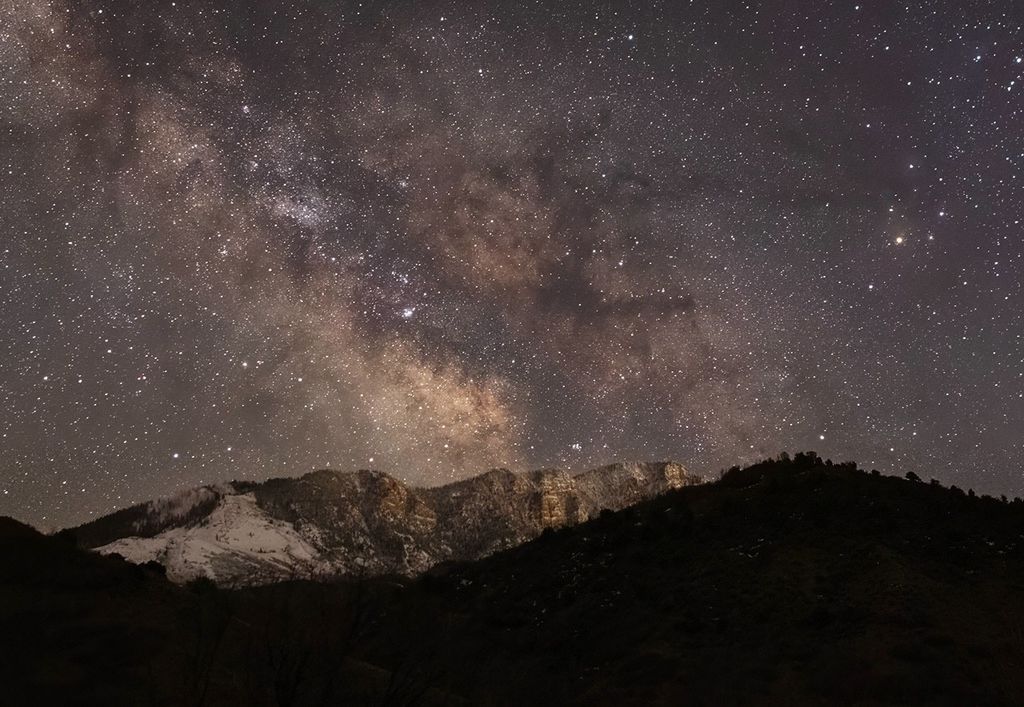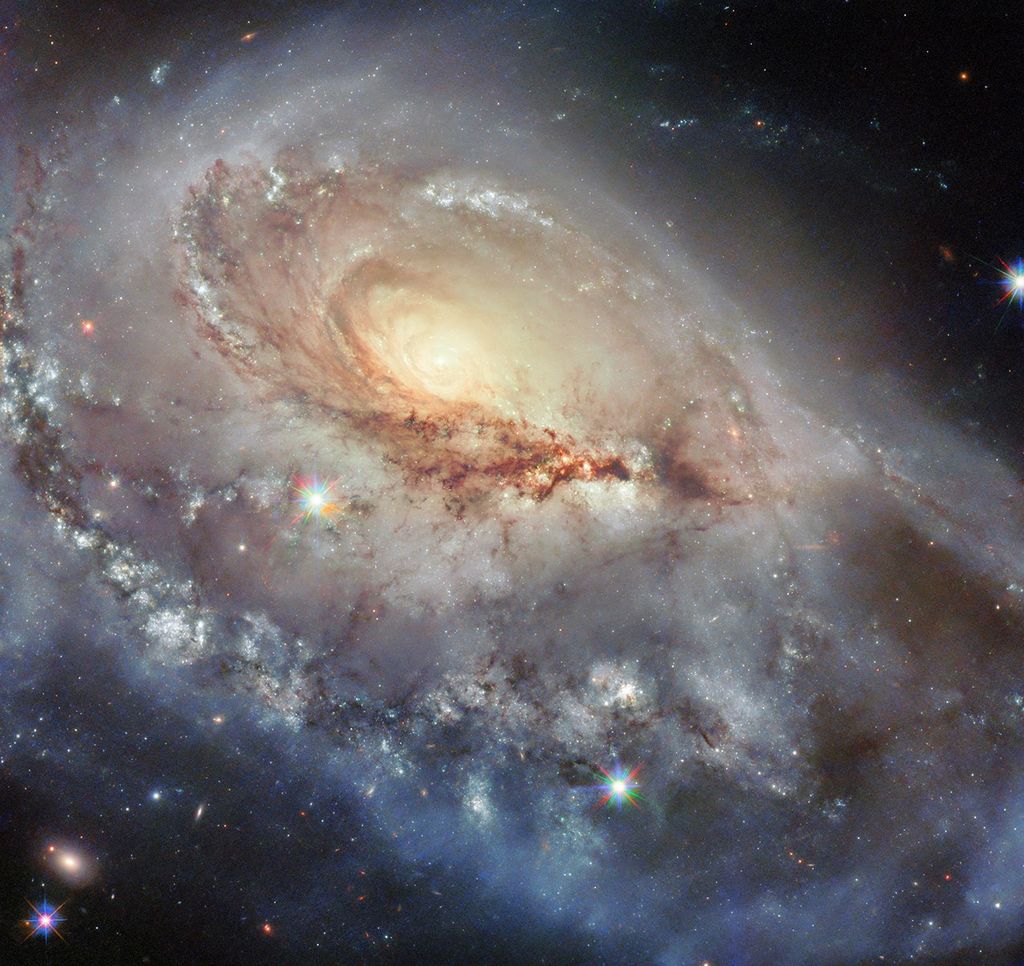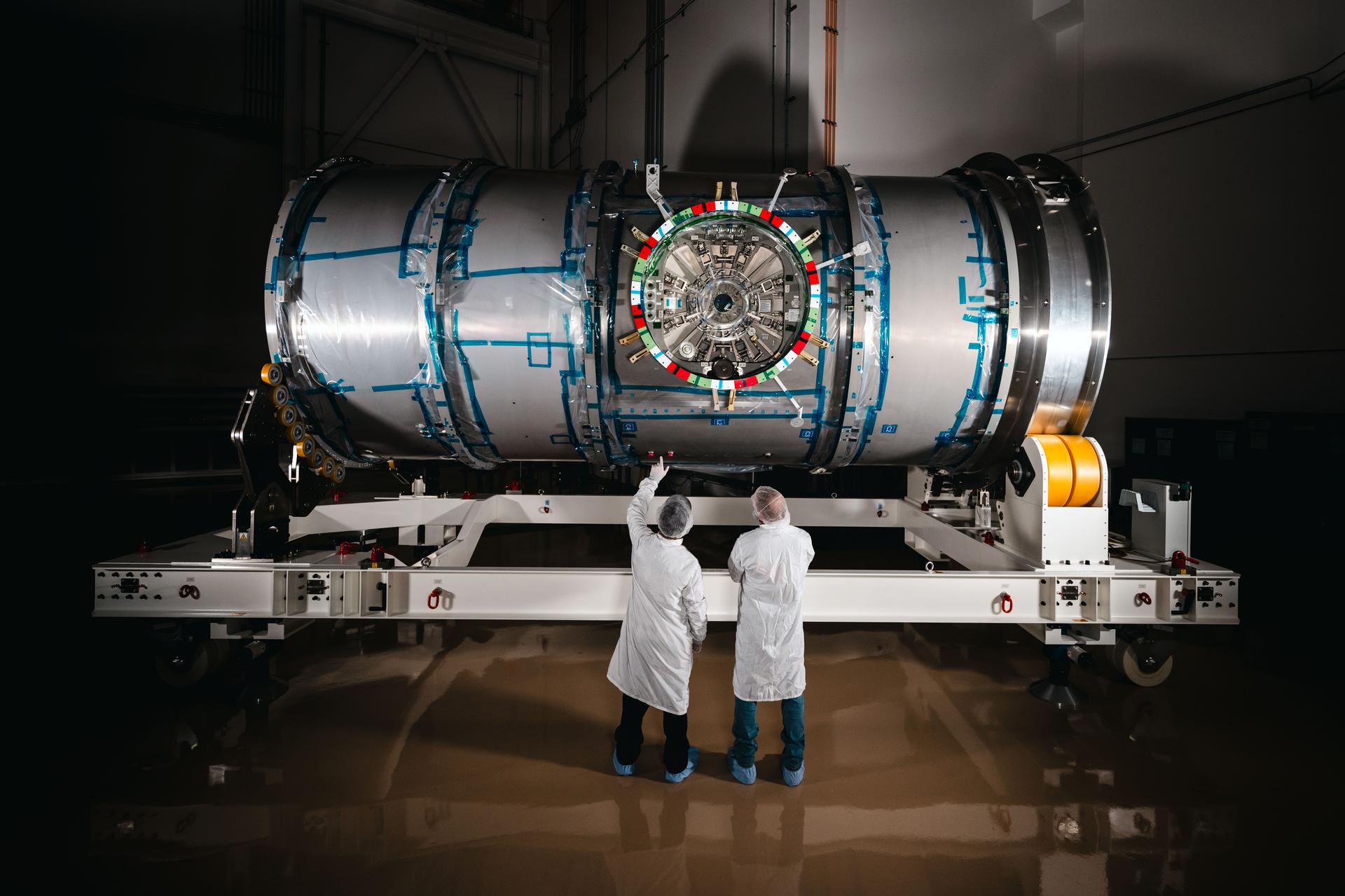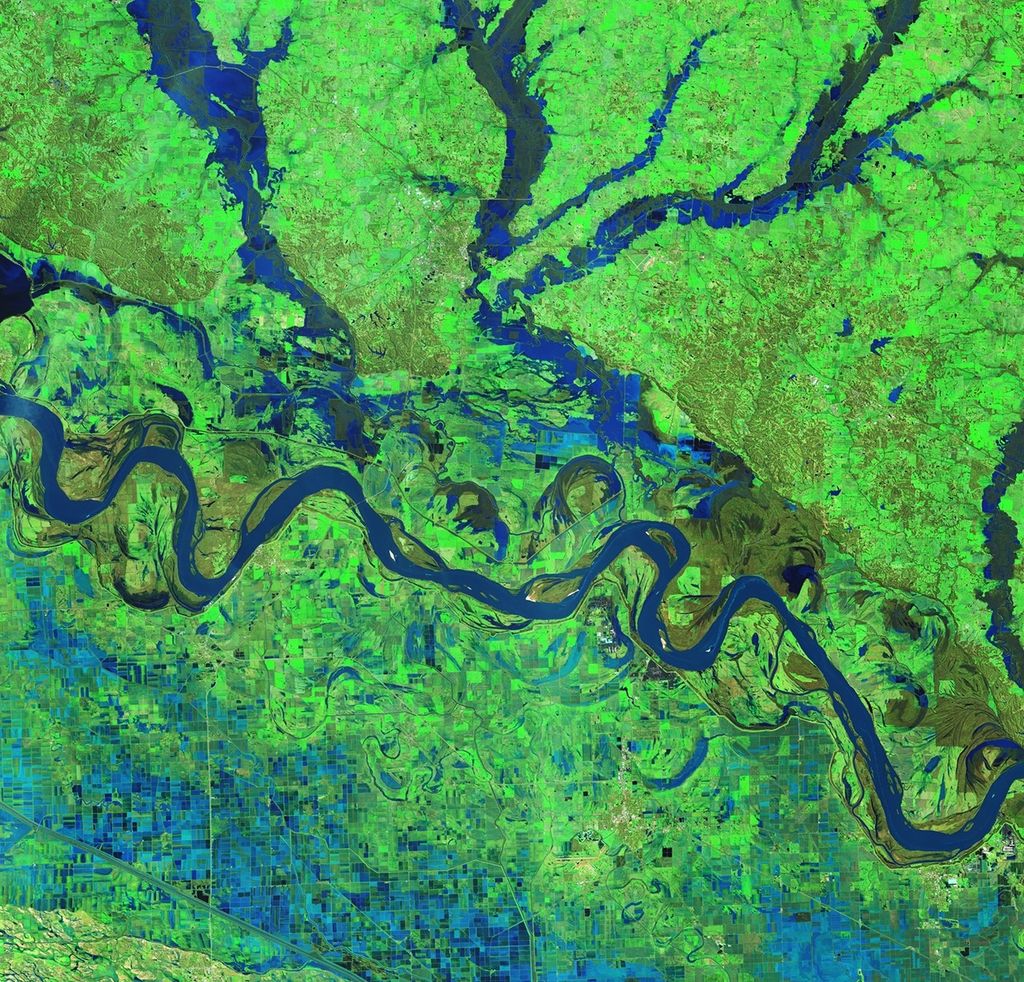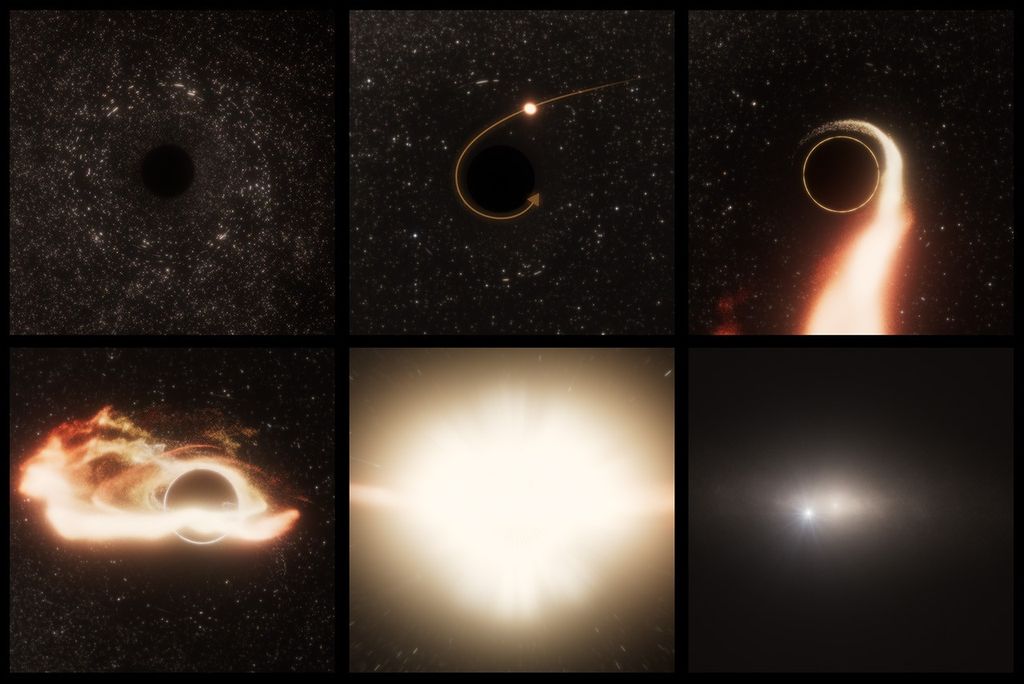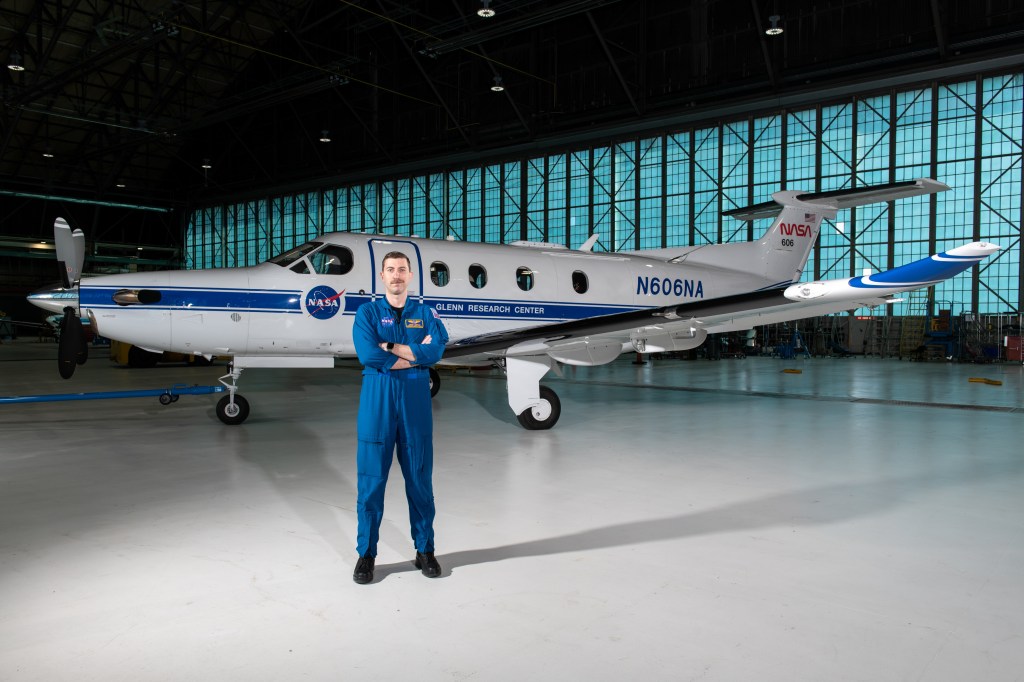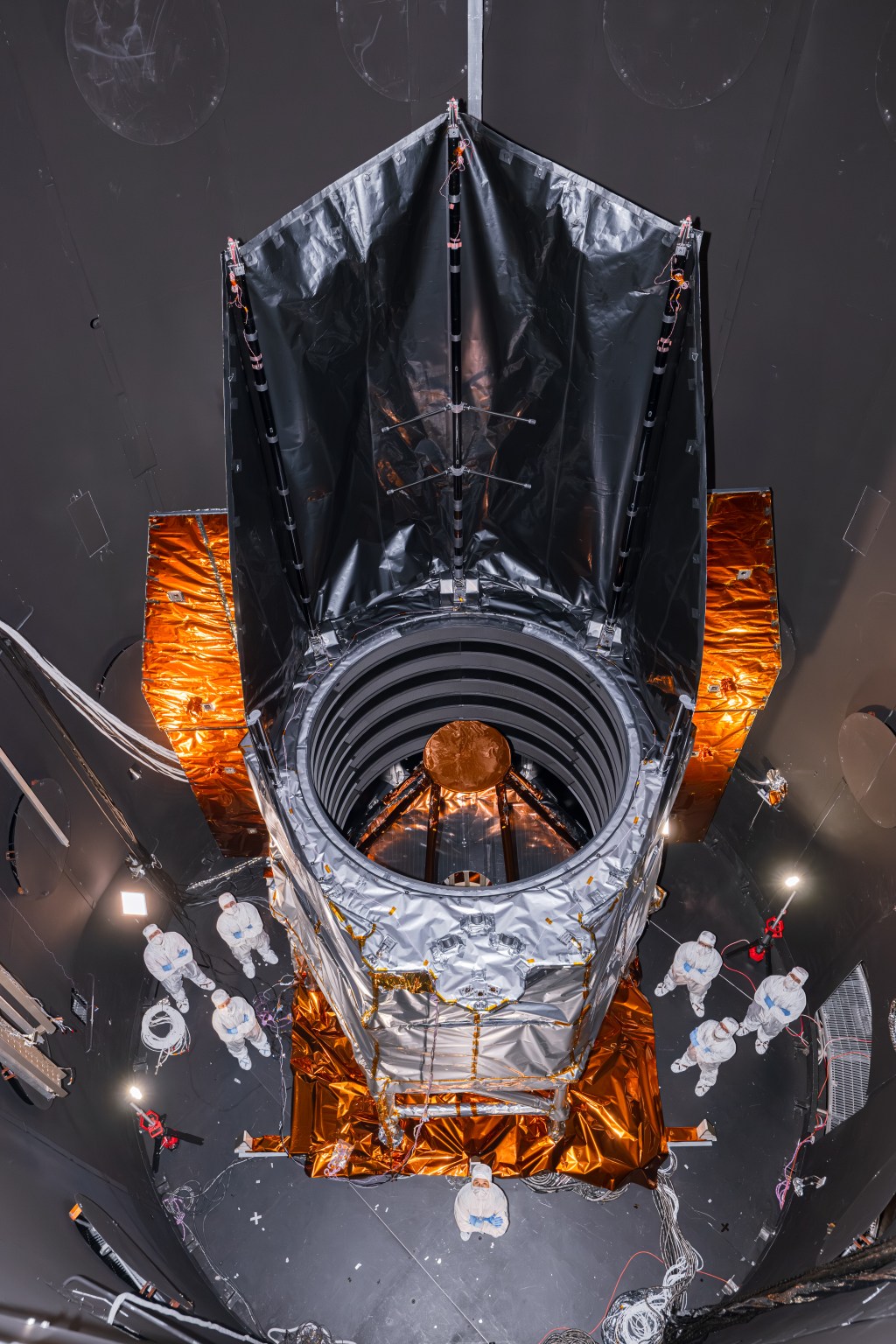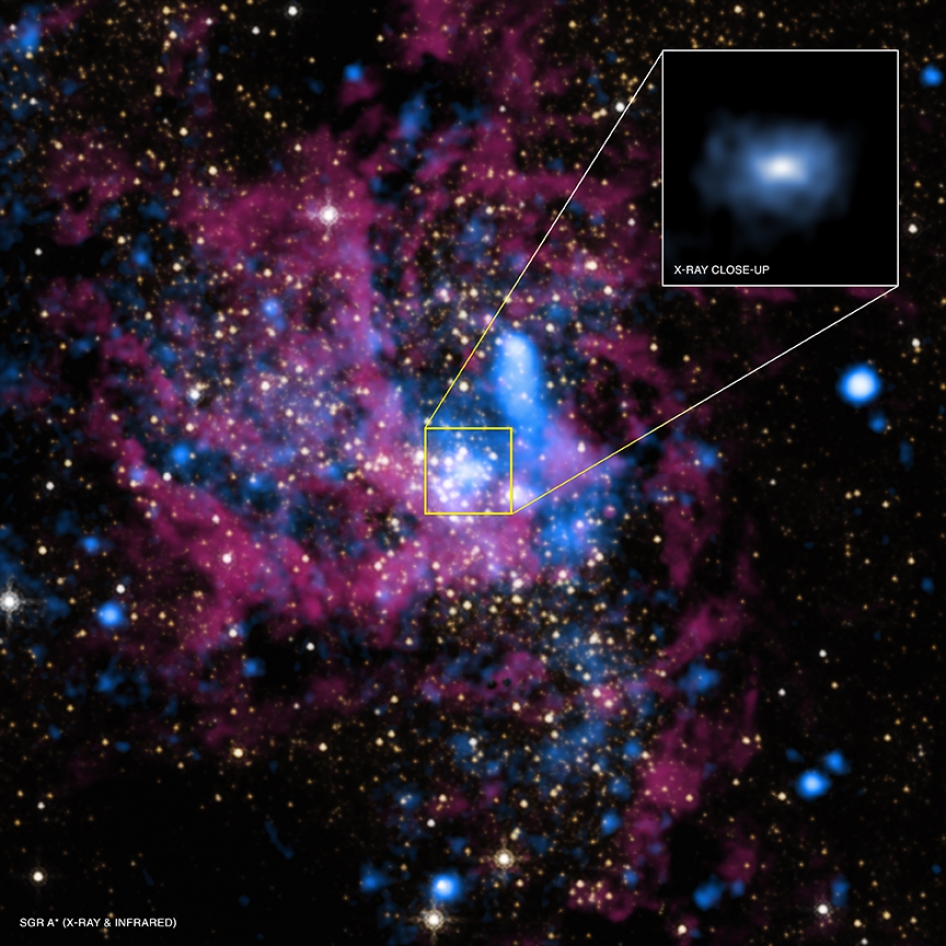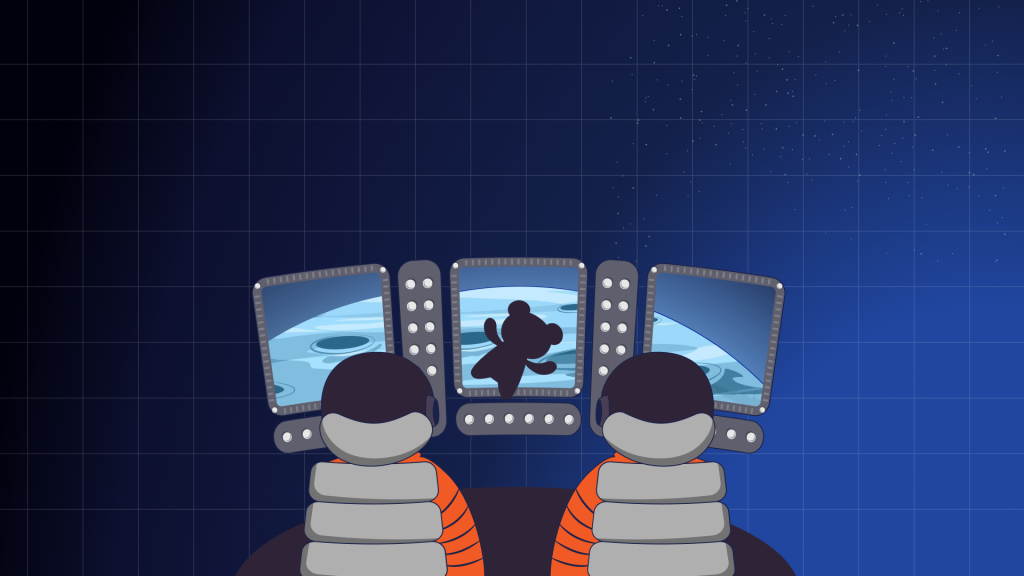The Searchers: How Will NASA Look for Signs of Life Beyond Earth?
| Credit | NASA/JPL-Caltech/Lizbeth B. De La Torre |
|---|---|
| Language |
|
If telescopes are humanity’s eyes on the universe, our vision is growing sharper by the decade.
Starting in the late 1990s, we saw what was thought to be impossible: the shadows of planets, hundreds to thousands of light-years away, as they crossed the faces of their stars. We also watched the gyrations of stars from the gravitational tugs of orbiting planets, revealing the planets’ “mass” or heft.
NASA’s Hubble and Spitzer space telescopes then opened a window on the atmospheres of these far distant worlds, capturing early evidence of the gases present. Now we’re on the verge seeing more detail than ever before, scanning the gases of these worlds for possible signs of life.
And as our “eyes,” in space and on the ground, reach ever farther, the universe seems ever stranger.

